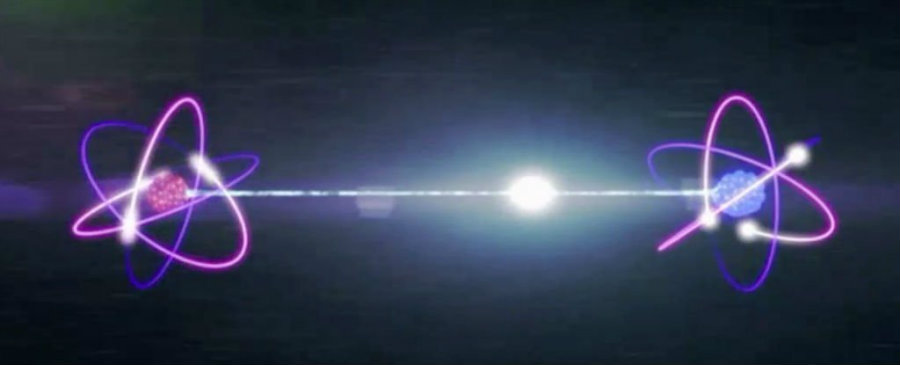A group of scientists at the University of Science and Technology of China in Shanghai successfully integrated quantum entanglement into a rocket that was launched into space. The team recently published their findings in the journal Science.
Quantum entanglement can be explained with the following example: imagine you are a photon and you have a twin, another photon intimately connected since they day you were created. The twins are so deeply connected that no matter the distance, you mirror each other, and whatever happens to one of you, it is suffered by the other, and vice versa. That is quantum entanglement.

Albert Einstein called the phenomenon once “spooky action at a distance,” as the concept breaks down two of the fundamental rules of physics: Nothing travels faster than light, and that objects are only influenced by their immediate surroundings.
Chinese scientists successfully generated entangled particles in space using a satellite
The quantum entanglement theory has not been proved yet, but science does not always need to prove a phenomenon in order to use it. That’s what the scientists at the University of Science and Technology of China did, as they reported that they were able to produce entangled photons on a satellite orbiting around 300 miles above Earth and beam the particles to two different ground labs that were 750 miles apart. They were able to perform that without losing the particles’ strange connection.
This is the first time anyone has ever generated entangled particles in space, and the achievement represents a 10-fold increase in the distance over which entanglement had been maintained.
“It’s a really stunning achievement, and I think it’s going to be the first of possibly many such interesting and exciting studies that this particular satellite will open up,” said Shohini Ghose, a physicist at Wilfred Laurier University in Canada, according to The Washington Post. “Who knows, maybe there’ll be a space entanglement race?”
Entangled particles could be used one day for “quantum communication,” which is a means of sending super secure messages that don’t need cables, wireless signals, or code. Any interference with an entangled particle, even observing it, automatically affects its partner, so these messages could not be hacked.
Entangled particles could help build one day a “quantum internet”
The satellite, called Micius, was launched from the Gobi desert last August. Micius, along with its delicate optical equipment, continues to circle the planet to the date, transmitting to two mountain-top Earth bases separated by 750 miles.
Micius is equipped with state-of-the-art optics. These optics are needed to distribute to the ground-based stations the particles –or photons- of light that can encode the keys to secret messages.
“I think we have started a worldwide quantum space race,” said Jian Wei Pei, the study’s lead researcher who is based in Hefei in China’s Anhui Province, according to the BBC.
Quantum entangled particles could one day help build a “quantum internet,” which would give rise to new kinds of coding, and that it will allow for faster-than-light communications.
Source: The Washington Post
